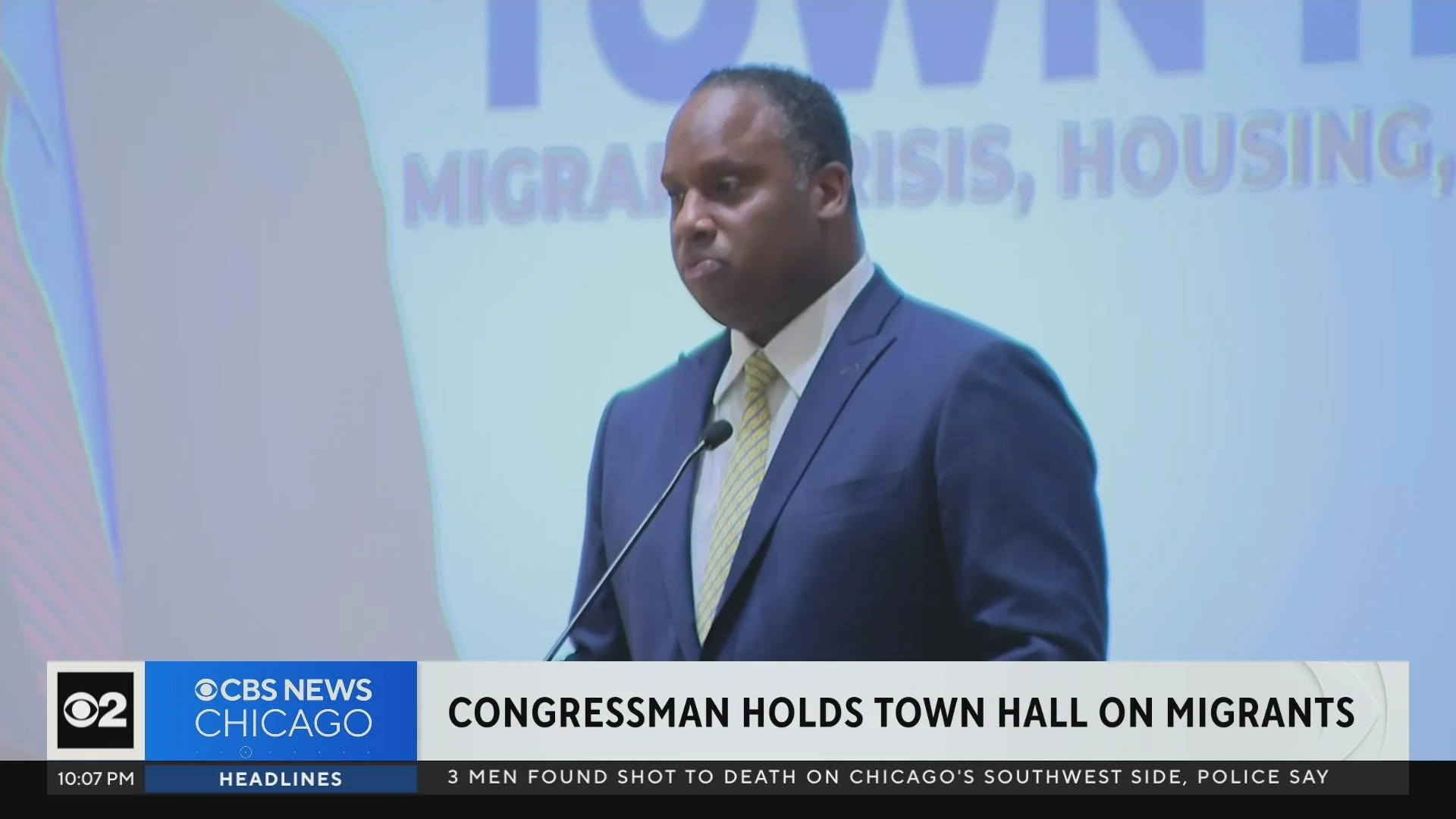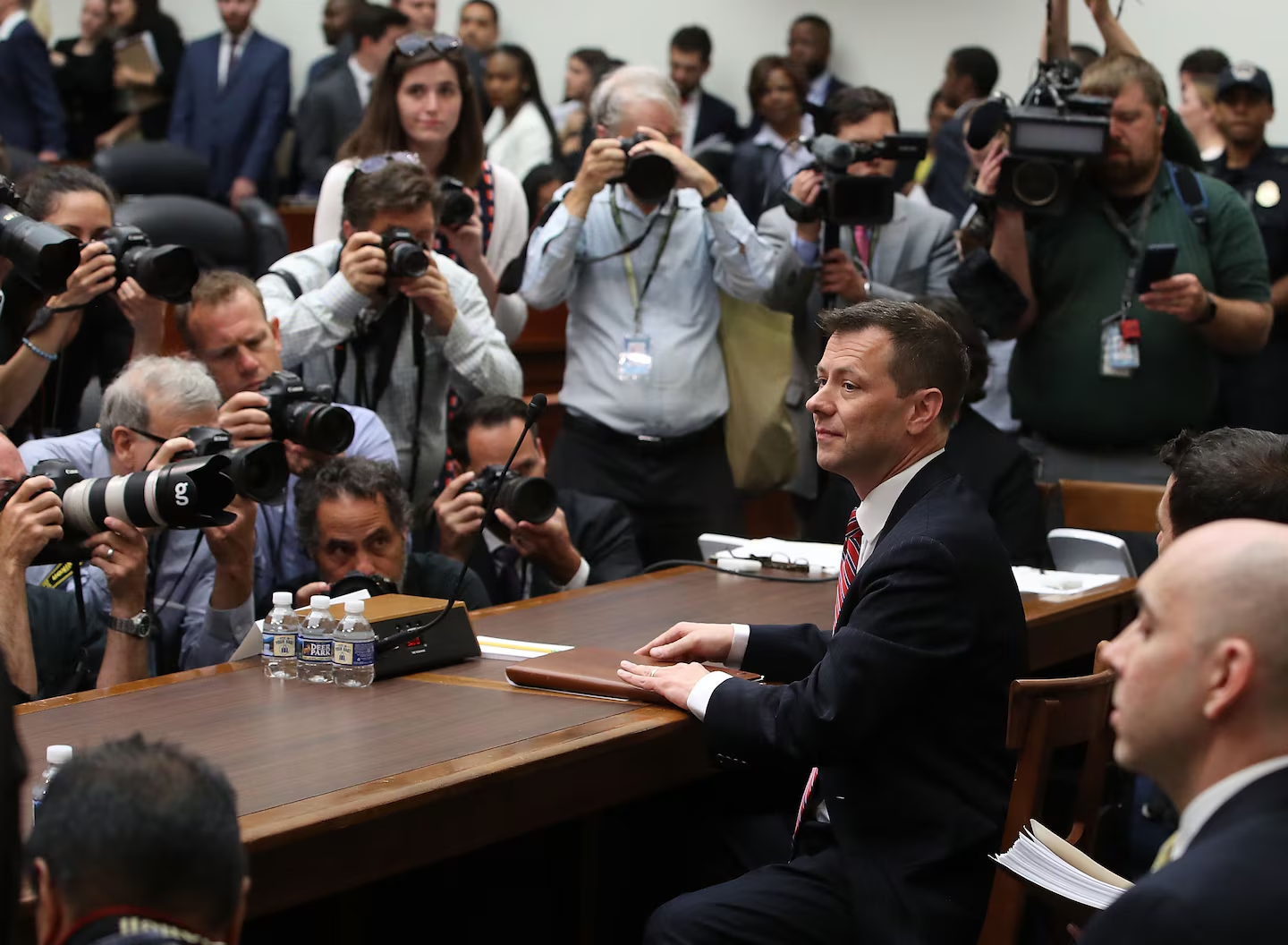Housing Crisis Ignites Sprawl Debate
The U.S. is gripped by a housing crisis so severe that the call to simply "build houses everywhere" has gained traction among a surprising coalition of proponents. This dangerous notion ignores the grim reality that urban sprawl is not a solution but a catalyst for environmental destruction. Advocates, from conservative think tanks to some left-leaning commentators, champion unfettered growth as a panacea for a staggering 4.5 million housing shortage. Yet, as reported by Thomas, sprawl does not address the root causes of the housing crisis and introduces devastating side effects.
Sprawl Creates Environmental Catastrophes
Urban sprawl is a major contributor to greenhouse gas emissions, responsible for 30% of total emissions globally, according to Zipperer. The expansion of urban areas demands more infrastructure, roads, and car dependency, leading to a vicious cycle of environmental degradation. Each new development not only consumes land but also displaces agriculture to less productive areas, exacerbating food insecurity and increasing the need for chemical inputs.

Rep. Jackson calls for other parts of Illinois to help ...
Historical Lessons Ignored
Advocates for sprawl often cite historical patterns of urban development as justification. However, comparing today’s urban landscape with that of ancient Rome or even early 20th-century cities is misleading. As urban planner Charles Marohn points out, our current zoning laws lock communities into a static suburban model that suffocates innovation and flexibility. This model is not just outdated; it"s a trap that reinforces inequality and limits access to affordable housing.
Dense Urban Development is the Solution
Instead of sprawling into our remaining natural areas, we should focus on increasing urban density through infill development and upzoning. A modest increase of five homes per acre could boost housing availability by 15% to 56%, as highlighted by forthcoming analyses from the Terner Center and World Resources Institute. This is not just theoretical; cities like Minneapolis have seen a 12% increase in their housing stock after implementing reforms, leading to a significant drop in housing costs.

Plenty of congressional hearings are not circuses. Here’s how w…
Protecting Our Farmland and Forests
The consequences of sprawl extend beyond urban limits. If current trends continue, we risk losing 18 million acres of American agricultural land by 2040. This alarming statistic, reported by Nature, represents not only a loss of food security but also a blow to biodiversity. The expansion of urban areas into fertile farmland is a short-sighted approach that threatens our food systems while accelerating climate change through deforestation.
As we consider our path forward, it is imperative that we reject the outdated notion of sprawling growth and instead embrace sustainable urban planning. The responsibility is on us to advocate for policies that protect both our communities and the environment.


![[Video] Hayli Gubbi volcano in Ethiopia erupts for first time in thousands of years](/_next/image?url=%2Fapi%2Fimage%2Fthumbnails%2Fthumbnail-1763974873320-6wjm4c-thumbnail.jpg&w=3840&q=75)
![[Video] Ethiopia's Hayli Gubbi volcano erupts for first time in 10,000 years](/_next/image?url=%2Fapi%2Fimage%2Fthumbnails%2Fthumbnail-1763962878020-1g659v-thumbnail.jpg&w=3840&q=75)


![[Video] Ukrainian An-124 Cargo Plane Lands in Israel for Unspecified Load](/_next/image?url=%2Fapi%2Fimage%2Fthumbnails%2Fthumbnail-1764420658156-36b0b4-thumbnail.jpg&w=3840&q=75)
![[Video] Ukrainian Sea Baby Drones Disable Two Russian Tankers in Black Sea](/_next/image?url=%2Fapi%2Fimage%2Fthumbnails%2Fthumbnail-1764420086294-elzana-thumbnail.jpg&w=3840&q=75)
